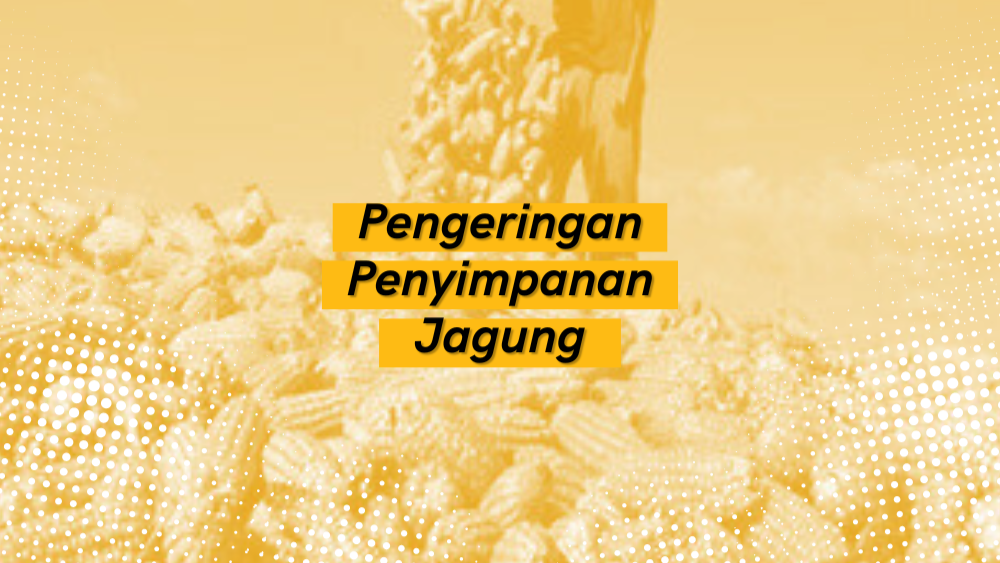
In Indonesia, corn is an important commodity that serves as the second source of carbohydrates after rice, whose productivity is influenced by management practices applied during cultivation. This research aimed to determine the effects of different management practices on the growth and yield of corn. This research was arranged in a single-factor Randomized Complete Block Design, with different agriculture management practices as treatments, consisting of TI1 = Best Practices (Drip Irrigation + Rice Husk + Mycorrhiza), TI2 = Farmers’ Practices (Furrow Irrigation) + Mycorrhiza, and TI3 = Farmers’ practices (Furrow Irrigation). The data observed were analyzed using Analysis of Variance and followed by the Post Hoc Tukey’s HSD at α= 5%. The results showed that the TI1 produced significantly higher plant height, stem diameter, leaf dry weight, weight of cob with cornhusk and kernel dry weight, and effectively suppressed weed growth compared to TI2 and TI3. TI1 produced a significantly higher number of leaves, root dry weight, and total dry weight compared to TI3, but not significantly different compared to TI2. TI1 produced not significantly different stem dry weight and harvest index compared to TI2 and TI3. The kernel dry weight per plant observed in TI1 was 157.63 g, which was 14.22% and 22.91% higher than in TI2 and TI3, respectively. Based on the coefficient correlation and path analysis, the number of leaves, plant height, and total dry weight should be considered as important plant growth variables to produce high kernel dry weight.







